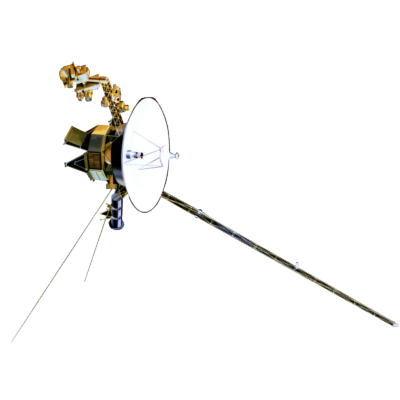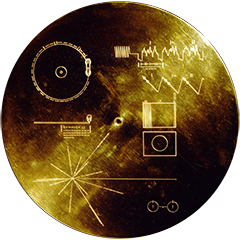VOYAGER
Voyager LECP Data Analysis Handbook
Instrument Modeling Reports
by Sheela Shodhan
Figure 5.8. Angular distribution for energy E=720 keV. Left: at the point (-0.537177,-0.570312,0.0) of the Gamma detector; right: at the aperture.

Figure 5.9. Angular distribution for energy E=1440 keV. Left: at the point (-0.537177,-0.570312,0.0); right: at the aperture.

Figure 5.10. Angular distribution for energy E=2880 keV. Left: at the point (-0.527177,-0.570312,0.0); right: at the aperture.

Return to thesis table of contents.
Return to Voyager
LECP Data Analysis Handbook Table of Contents.
Return to Fundamental
Technologies Home Page.
Updated 8/9/19, Cameron Crane
VOYAGER 1 ELAPSED TIME
--:--:--:--
Days: Hours:
Minutes: Seconds
*Since official launch
September 5, 1977, 12:56:00:00 UTC
*Since official launch
September 5, 1977, 12:56:00:00 UTC
VOYAGER 2 ELAPSED TIME
--:--:--:--
Days: Hours:
Minutes: Seconds
*Since official launch
August 20, 1977, 14:29:00:00 UTC
*Since official launch
August 20, 1977, 14:29:00:00 UTC
QUICK FACTS
Manufacturer:
Voyagers 1 and 2 were built in the Jet Propulsion
Laboratory in Southern California.
Mission Duration: 40+ years have elapsed for both Voyager 1 and Voyager 2 (both are ongoing).
Destination: Their original destinations were Saturn and Jupiter. Their current destination is interstellar space.
Mission Duration: 40+ years have elapsed for both Voyager 1 and Voyager 2 (both are ongoing).
Destination: Their original destinations were Saturn and Jupiter. Their current destination is interstellar space.



